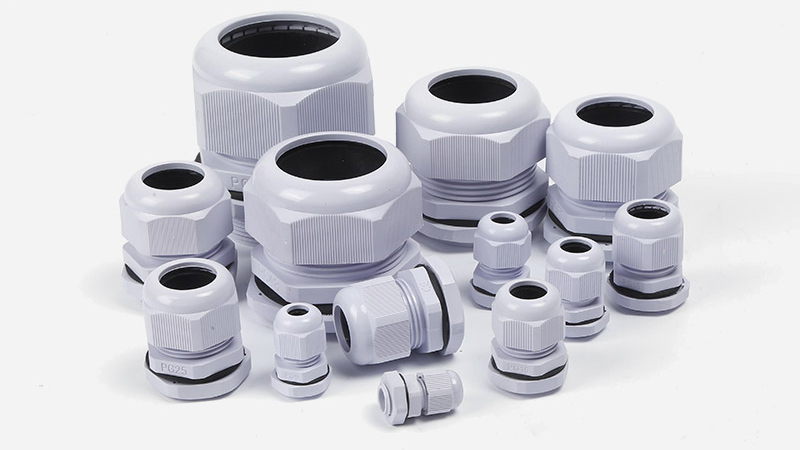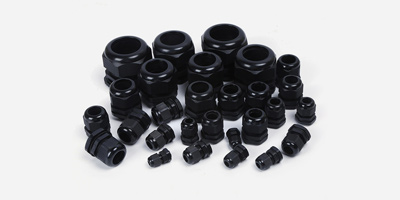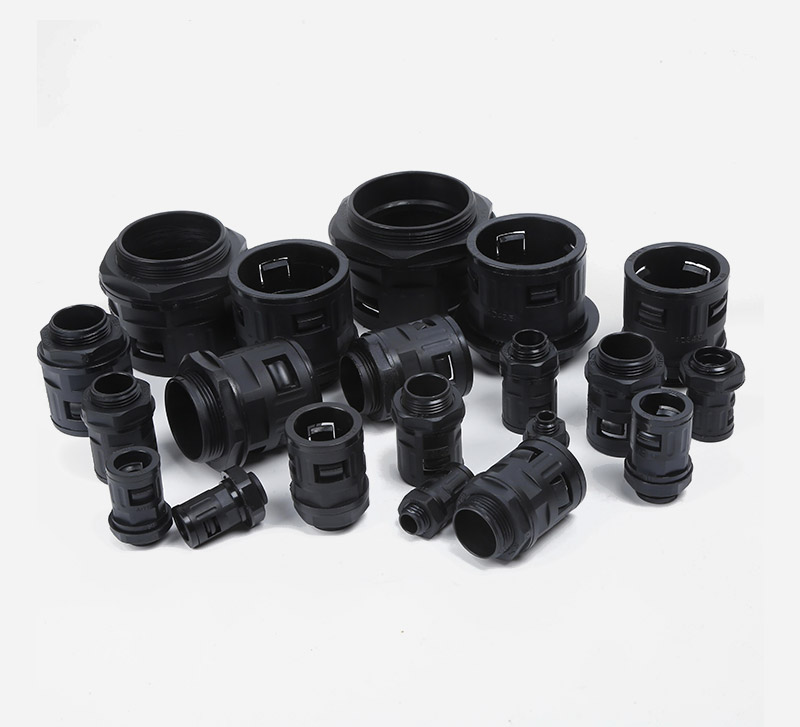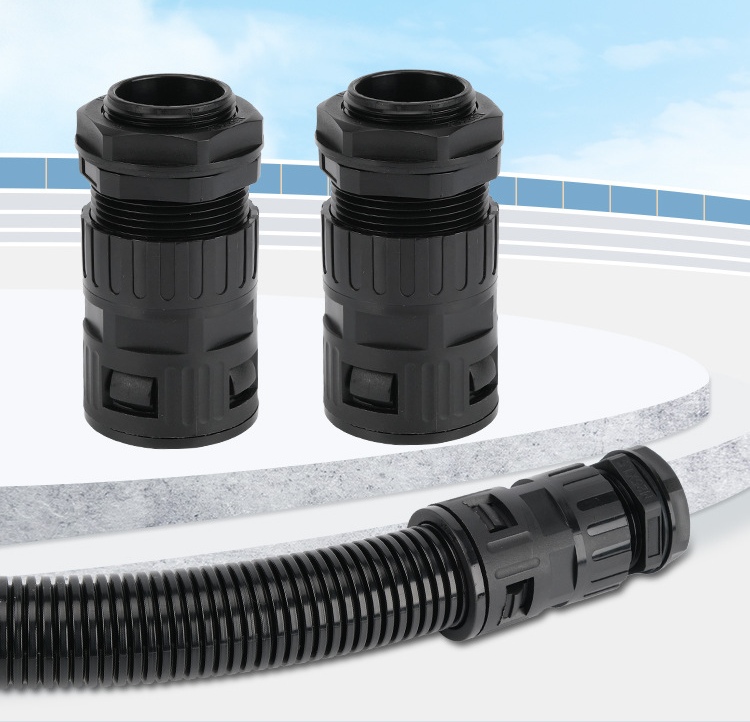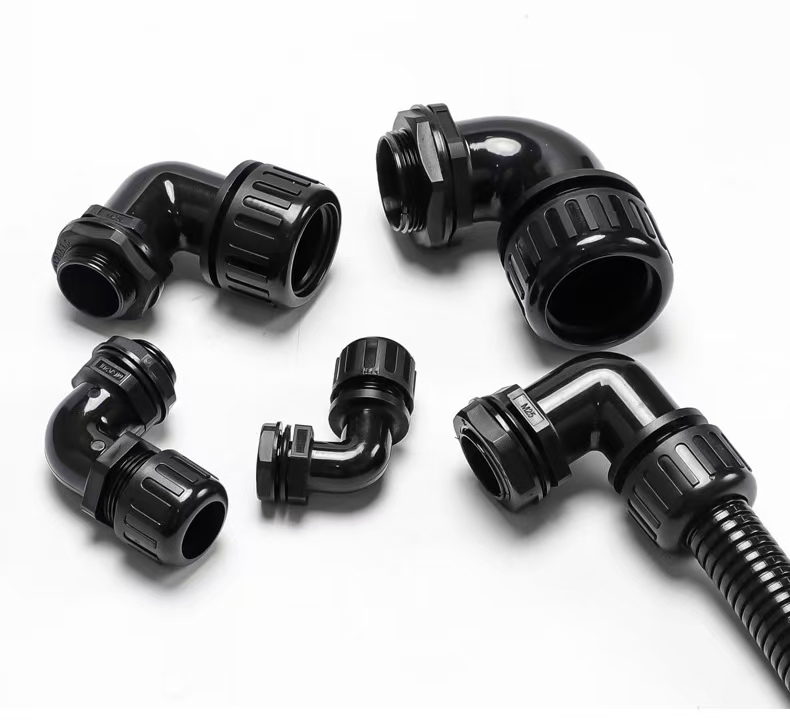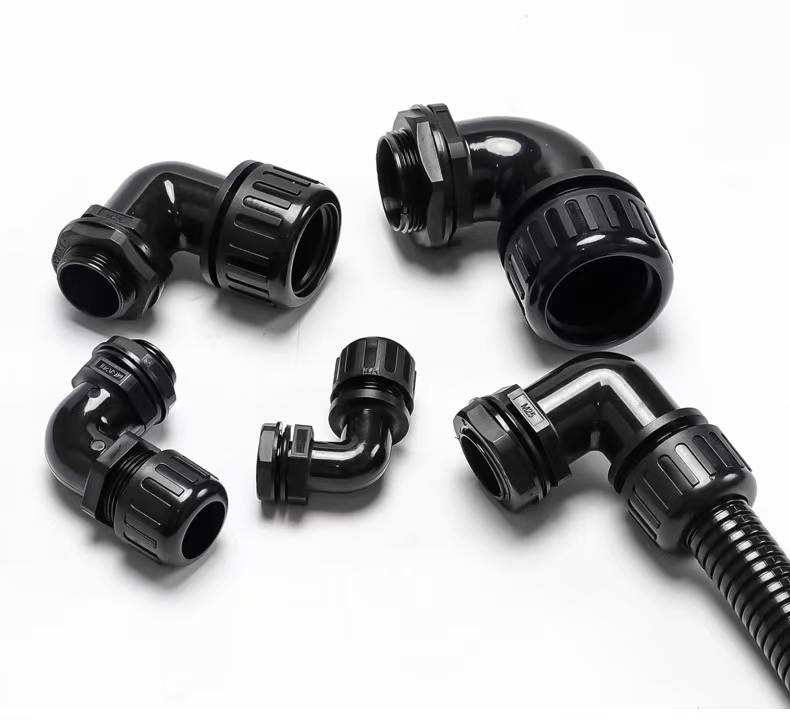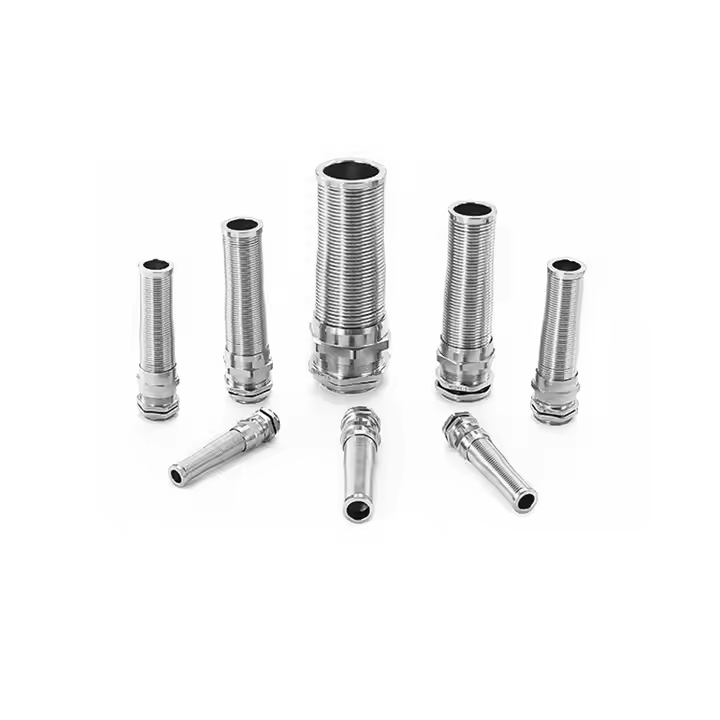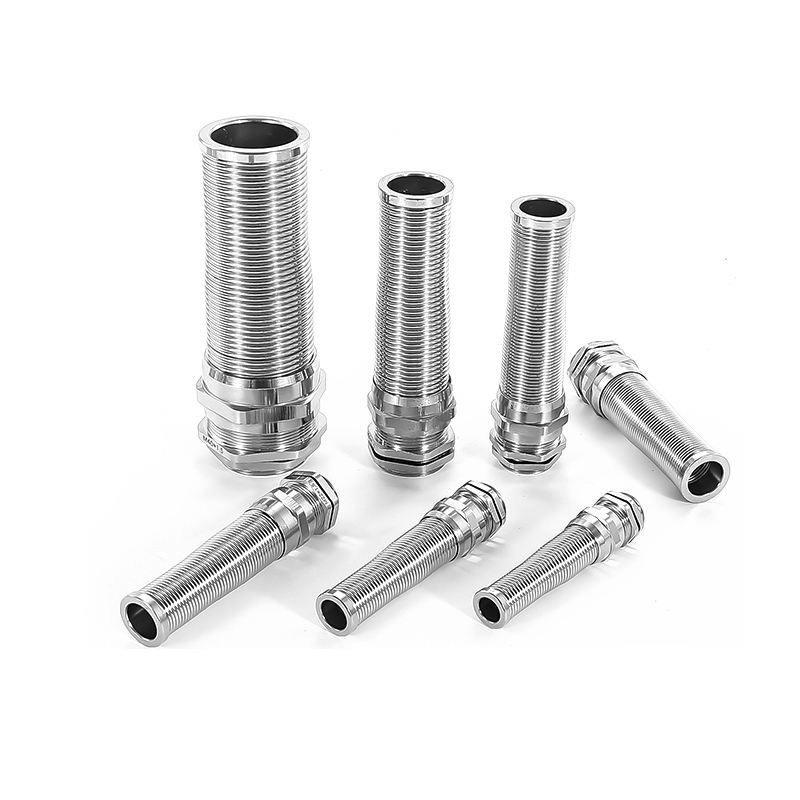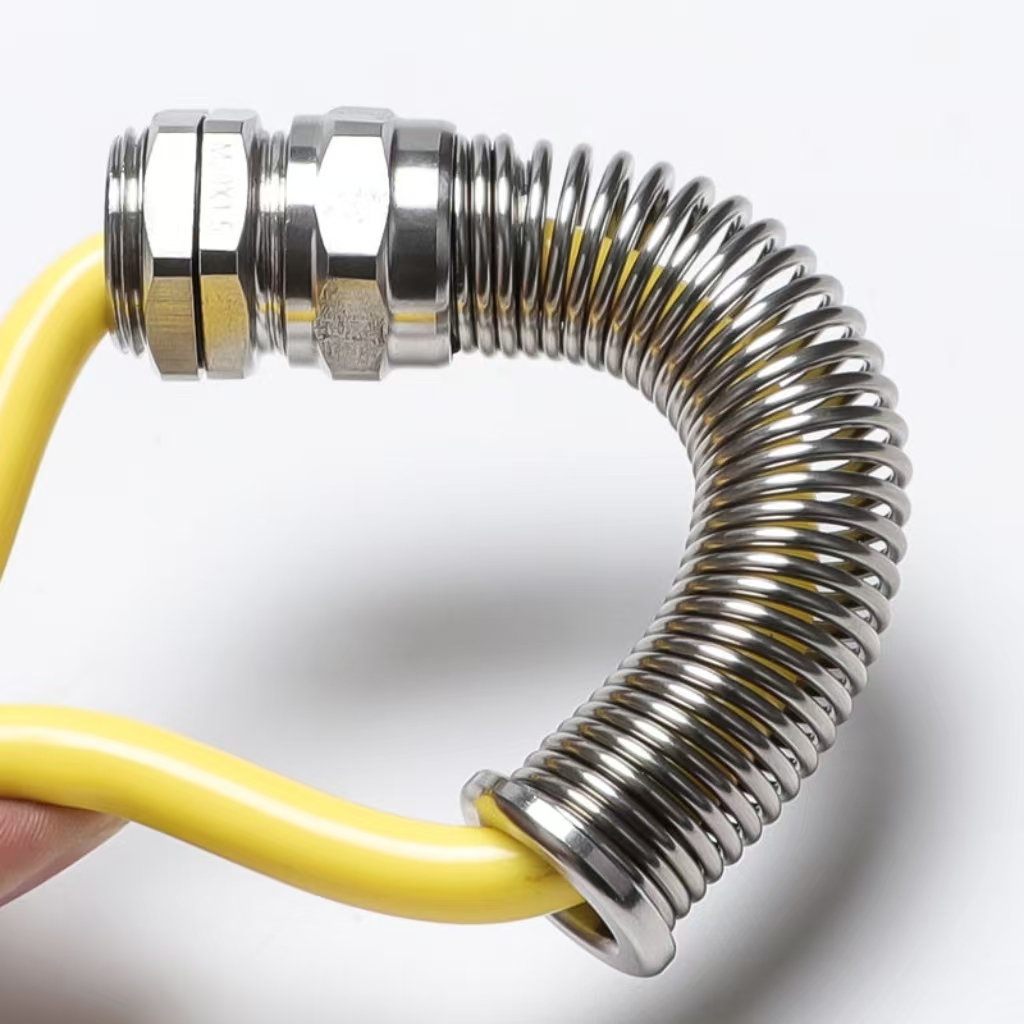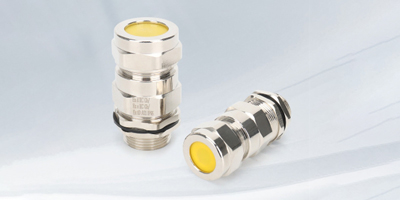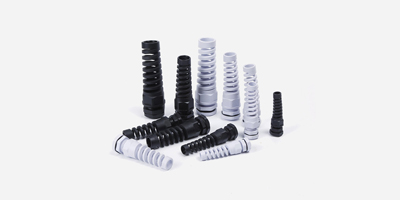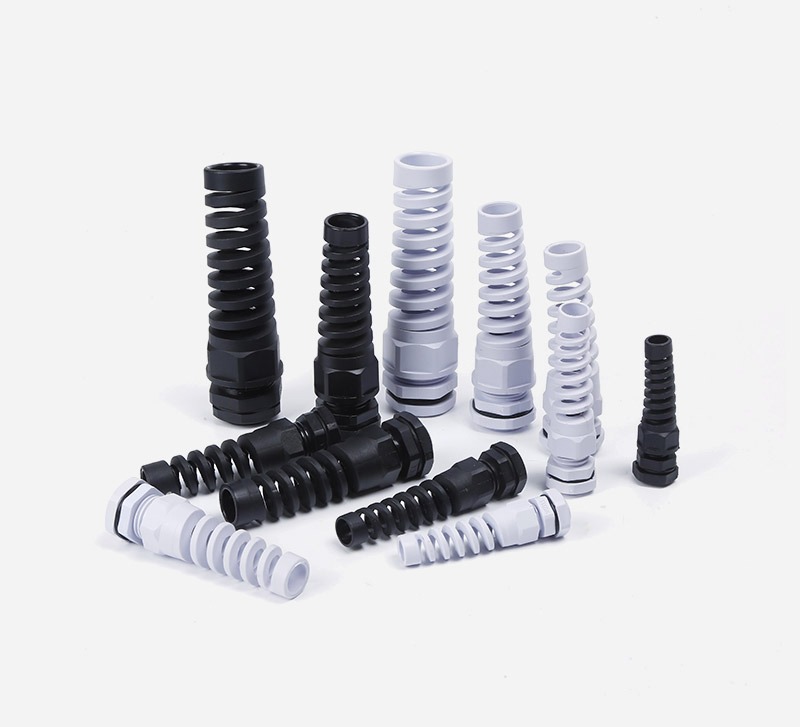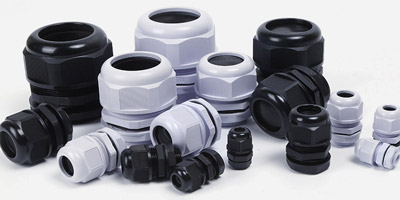In the fast-paced world of industrial manufacturing, transportation, and outdoor infrastructure, cable management is far more than a logistical detail—it’s a critical pillar of equipment reliability, operational safety, and long-term performance. Unprotected or poorly routed cables face constant threats: vibration-induced wear, extreme temperatures, moisture intrusion, and space constraints that hinder maintenance. For engineers, plant managers, and procurement teams seeking a robust solution to these challenges, the Corrugated Pipe T-shaped Tee Joint emerges as a game-changing component, merging durable design, all-around protection, and versatile functionality to streamline cable systems across high-stakes sectors.
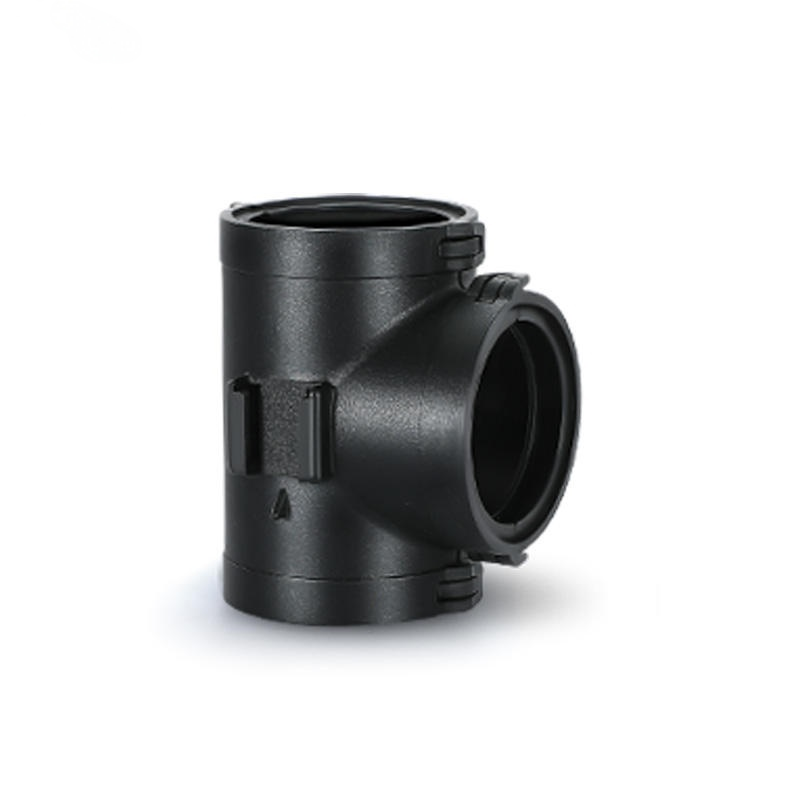
Engineered for Durability: The Foundation of Reliable Cable Protection
At the core of the Corrugated Pipe T-shaped Tee Joint’s performance is its premium construction, designed to withstand the harshest industrial conditions. The product’s main body is crafted from environmentally friendly PA66 nylon—a material celebrated for its exceptional mechanical strength, corrosion resistance, and electrical insulation. This isn’t just a lightweight choice: PA66 nylon delivers superior compression and tensile resistance, ensuring the tee joint remains intact even under repeated vibration (critical for machinery like CNC tools or robotic arms) or physical impact during installation.
Beyond brute strength, the tee joint’s design prioritizes long-term resilience. It boasts a wide operating temperature range of -40℃ to +125℃, making it suitable for cold-start industrial environments (such as refrigerated manufacturing facilities) and high-heat applications (like near industrial furnaces or automotive battery packs). Unlike inferior plastic components that become brittle in freezing temperatures or warp under heat, the Corrugated Pipe T-shaped Tee Joint maintains its shape and sealing integrity, eliminating costly downtime from cable failures.

All-Around Protection: Sealing Out Threats, Safeguarding Performance
Cables are only as reliable as their protection—and the Corrugated Pipe T-shaped Tee Joint sets a high bar for safeguarding critical wiring. Its standout feature is its IP68-rated sealing design (when used with compatible corrugated pipes), providing the highest level of waterproof and dustproof protection available. For outdoor applications like communication base stations, new energy charging piles, or coastal monitoring equipment, this means complete defense against rain, salt spray, and airborne debris—elements that often cause short circuits or premature cable degradation.
The tee joint’s protective capabilities extend further to chemical and environmental hazards. Its PA66 nylon construction offers excellent resistance to salts, solvents, oils, and UV radiation, making it ideal for marine environments (where saltwater corrosion is a constant risk) or industrial facilities using harsh cleaning agents. Additionally, for applications where fire safety is non-negotiable (such as electrical control cabinets or rail transit), the tee joint can be customized to meet UL94 V-0 flame-retardant standards—preventing the spread of fire and ensuring compliance with global safety regulations like EN45545 (for rail systems).

Versatile Functionality: From Space Optimization to Seamless Diversion
The Corrugated Pipe T-shaped Tee Joint isn’t just a protective component—it’s a tool for optimizing cable system efficiency. Its iconic T-shaped structure features three precision-engineered connection ports, enabling reliable branching and orderly diversion of multiple cable runs (e.g., power, control, and signal lines) from a single source. This eliminates the need for messy, ad-hoc splices that are difficult to maintain and prone to failure.
For space-constrained environments like electrical control cabinets, the tee joint’s value shines even brighter. Its standardized interfaces seamlessly compatible with all metric and German-style corrugated pipes, allowing cables from multiple directions to be integrated into a unified protection system. The result? A 30%+ reduction in cabinet space usage, improved airflow for better heat dissipation, and easier access for maintenance teams. When paired with shielded corrugated pipes, the tee joint also enhances electromagnetic interference (EMI) protection—critical for sensitive equipment like frequency converter cabinets, where signal integrity directly impacts operational precision.

Tailored to Your Needs: Customization for Specialized Applications
Every industry has unique requirements—and the Corrugated Pipe T-shaped Tee Joint doesn’t force teams to compromise. Recognizing that off-the-shelf solutions can’t address every challenge, the product offers extensive customization options to meet specific project demands:
Size customization: Whether you need a compact tee joint for robotic arm wiring or a larger unit for heavy-duty industrial cables, custom interface sizes ensure a perfect fit with your existing corrugated pipe systems.
Performance upgrades: For extreme environments (e.g., cryogenic facilities or high-temperature industrial ovens), higher temperature-resistant materials can be specified to extend the operating range beyond the standard -40℃ to +125℃.
Color coding: Custom colors (e.g., red for high-voltage cables, blue for control lines) simplify on-site identification, reducing maintenance time and human error.
Flame-retardant and Explosion-proof options: For sectors like oil and gas or mining, specialized modifications ensure compliance with strict safety standards, protecting personnel and equipment.
Trusted Across Sectors: Real-World Impact in Critical Industries
The Corrugated Pipe T-shaped Tee Joint’s versatility has made it a staple in industries where cable reliability directly translates to productivity and safety:
Industrial Machinery: In automated production lines and CNC equipment, it absorbs vibration to prevent joint loosening, ensuring uninterrupted manufacturing.
Rail Transit: Compliant with EN45545 fire standards, it protects cables in train carriages and equipment compartments from vibration and fire risks.
Automotive (New Energy): It safeguards high-voltage wire harnesses in EV battery packs, meeting strict oil resistance and lightweight requirements.
Outdoor Infrastructure: For communication base stations and charging piles, its IP68 sealing and UV resistance guarantee year-round operation, even in extreme weather.
Conclusion: Invest in Long-Term Reliability with the Corrugated Pipe T-shaped Tee Joint
In an era where industrial equipment is expected to run 24/7 with minimal downtime, cutting corners on cable protection is a risk no team can afford. The Corrugated Pipe T-shaped Tee Joint isn’t just a component—it’s an investment in operational continuity, safety, and efficiency. Its durable PA66 nylon construction, IP68 sealing, wide temperature range, and customizable design make it the go-to solution for engineering teams seeking to future-proof their cable systems.
Whether you’re upgrading an existing production line, designing a new outdoor infrastructure project, or sourcing components for a high-stakes rail or automotive application, the Corrugated Pipe T-shaped Tee Joint delivers the performance and reliability you need. Contact our team today to discuss your customization requirements and discover how this innovative component can elevate your cable management system.
